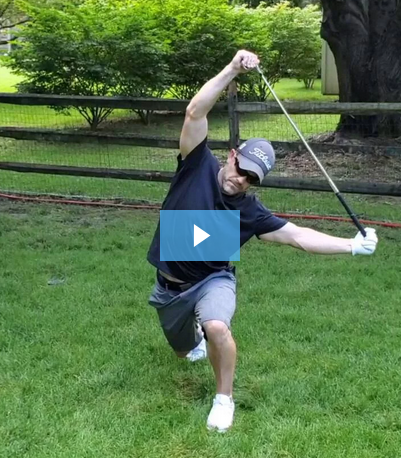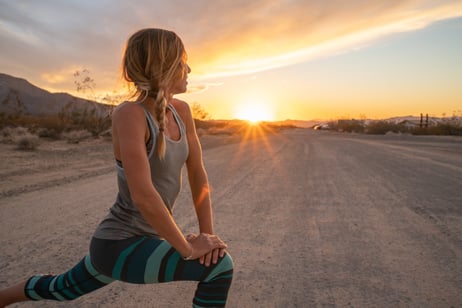 A question I get asked frequently is, “Why are you interning for a fitness center when your major is social work?” The first thing people think of when they hear social work is working at the Department of Child Services, and being in a fitness center doesn’t seem to make sense. But social work is so much bigger than that, and it continues to expand into new places, such as fitness and sports.
A question I get asked frequently is, “Why are you interning for a fitness center when your major is social work?” The first thing people think of when they hear social work is working at the Department of Child Services, and being in a fitness center doesn’t seem to make sense. But social work is so much bigger than that, and it continues to expand into new places, such as fitness and sports.
Linking Physical and Mental Health
Exercise has many benefits for your physical health, but what about benefits to your mental health? In my own experience, I feel that exercising has an effect on my mood. The less I exercise throughout the week, the more sluggish and tired I become. However, the more I exercise throughout the week, the more energized and content I feel.
Now don’t get me wrong—I am not one of those people who loves to work out. I know that may come as a surprise, but I don’t look forward to working out. It’s something that I know I need to do in order to keep myself healthy, but I don’t particularly enjoy it. I literally count down the minutes until my workout is over. But as I said, I notice the difference in myself when I’m not working out vs. when I am working out. Exercising doesn’t have to look the same for everyone, either. Find something that you enjoy doing like hiking or swimming and incorporate that into what a “regular” workout might look like.
How It Works (Out)
Numerous studies back up the claims that exercising improves mental health. Aerobic exercises such as swimming, cycling, and jogging have been shown to reduce anxiety and depression. The improvements in mood are, in part, due to the exercise-induced blood circulation to the brain. Exercise can offer other benefits that help improve your mental health, such as the opportunity to get more social interaction. A smile, a greeting, or a small conversation can help improve your mood or even change the outlook of your entire day. You might even meet a gym buddy who will keep you accountable when you don’t feel like working out.
Working out can also help you gain more confidence overall. When you meet your exercise goals and start to see changes in your appearance, chances are your confidence will build as well. Exercise also gives you a healthy coping mechanism when you are feeling down. Have you been dwelling on something stressful? Take it out on a few medicine ball slams!
Find the Balance
Mental health and physical health are more intertwined than most people realize. Finding a balance between the two can help your overall well-being. It also helps justify why I am interning here at NIFS (lol).
This blog was written by Taylor Hayes. To learn more about the NIFS bloggers, click here.


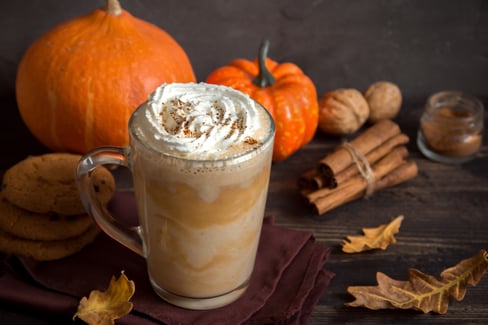 Pumpkin season is officially here, and I am SO excited! Call me “basic”—you would not be wrong. Starbucks has launched their pumpkin drinks. Food bloggers, including myself, are basically turning their kitchens into giant pumpkins. It is a whole thing.
Pumpkin season is officially here, and I am SO excited! Call me “basic”—you would not be wrong. Starbucks has launched their pumpkin drinks. Food bloggers, including myself, are basically turning their kitchens into giant pumpkins. It is a whole thing. 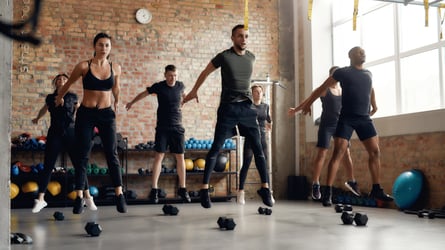 Want to jump higher, jump farther, or possibly dunk a basketball? With all the athletes I have trained over the years, at some point within their sport they all jump. Competitive as athletes are, they want to be able to jump higher like in volleyball, or jump farther like swimmers coming of the blocks, for example.
Want to jump higher, jump farther, or possibly dunk a basketball? With all the athletes I have trained over the years, at some point within their sport they all jump. Competitive as athletes are, they want to be able to jump higher like in volleyball, or jump farther like swimmers coming of the blocks, for example.  You’ve told yourself that it would just be one “cheat meal,” but the next thing you know that one meal turns into everyday meals and you feel like you have fallen so far off the wagon that there’s no getting back on.
You’ve told yourself that it would just be one “cheat meal,” but the next thing you know that one meal turns into everyday meals and you feel like you have fallen so far off the wagon that there’s no getting back on. 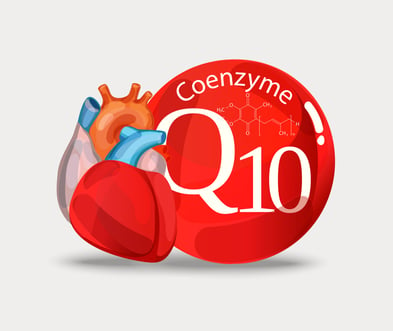 Coenzyme Q10, also known as ubiquinone, is a commonly used supplement by those with cardiovascular risks and disease, and especially those using statins. CoQ10 acts as a carrier in our cells to assist in
Coenzyme Q10, also known as ubiquinone, is a commonly used supplement by those with cardiovascular risks and disease, and especially those using statins. CoQ10 acts as a carrier in our cells to assist in  Looking back on the history of my work in the blog world, I have found that
Looking back on the history of my work in the blog world, I have found that 